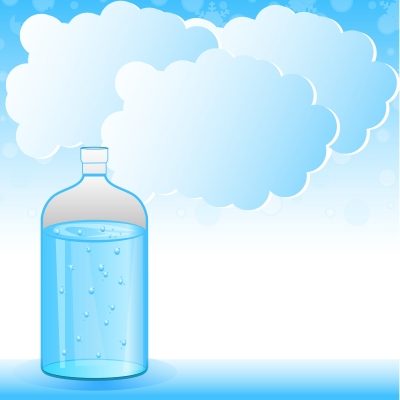The Science Behind Hurricanes
Middle school science class was a long time ago for many of us. Due to the serious nature of hurricane safety and hurricane protection for your home and business, let’s touch up on the basics: how does a hurricane work?
A hurricane is a powerful tropical storm system that forms when a low-pressure system interacts with warm temperatures over the ocean, in a moist environment. As a hurricane moves across the ocean, it “builds energy… sucking up warm, moist tropical air from the surface and dispensing cooler air aloft.
A hurricane has several parts: the “low-pressure center of relative calm is called the eye. The eye is surrounded by the eye wall, which contains the most dangerous winds, which creates the need for wind abatement systems, storm shutters and other hurricane protection. The dangerous storms that often force people to seek storm shelters are called the rain bands, which “circulate outward from the eye. As you know, a hurricane is constantly rotating, caused by the Coriolis force, “a natural phenomenon that causes fluids and free-moving objects to veer to the right of their destination in the Northern Hemisphere and to the left in the Southern Hemisphere.
There are three stages of a tropical storm, which require varying degrees of storm protection. A storm is considered a tropical depression when winds are less than 38 miles per hour, which upgrades to a tropical storm with winds from 39 to 73 miles per hour and a hurricane forms when storms exceed 74 miles per hour.
The Saffir-Simpson Hurricane Scale determines levels of hurricanes and helps emergency officials make decisions on hurricane safety for citizens and storm shelter needs. It characterizes the storm as a category one through five based on the wind speed and height of the storm surge. A category 5 hurricane can have winds exceeding 155 miles per hour and a storm surge of more than 18 feet, requiring evacuation, extensive storm shelters for citizens and extensive storm protection on buildings and businesses.
The official “hurricane season” goes from June 1 to November 30 in the Northern Hemisphere and January to March in the Southern Hemisphere, producing from 40 to 50 hurricanes each year.
With this information you can identify your home or business’ need for storm protection in the form of a wind abatement system, storm shutters, fabric hurricane protection or some sort of impact device. Especially if you just moved to a location affected by hurricane safety season, seek a storm protection specialist to protect your family and your assets.




